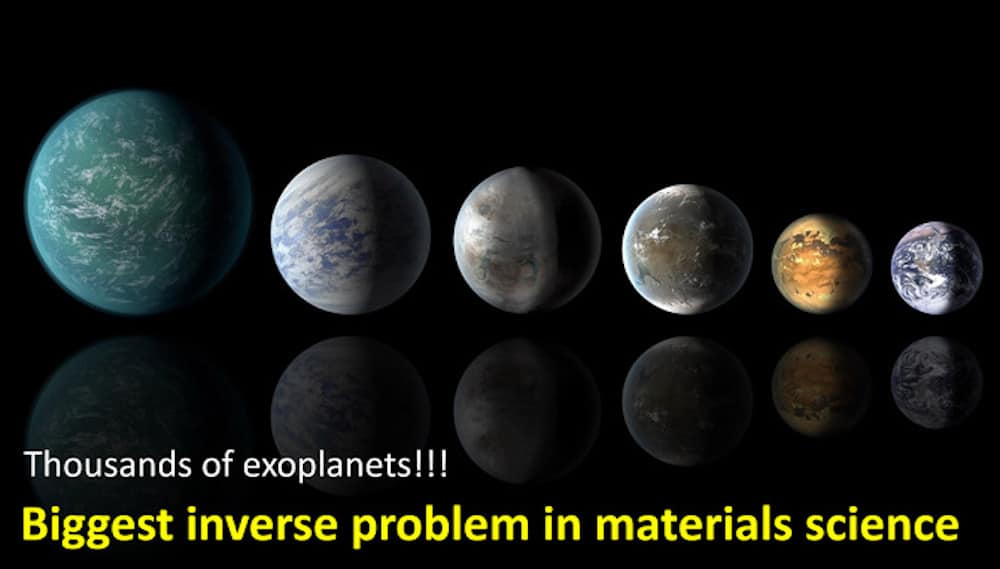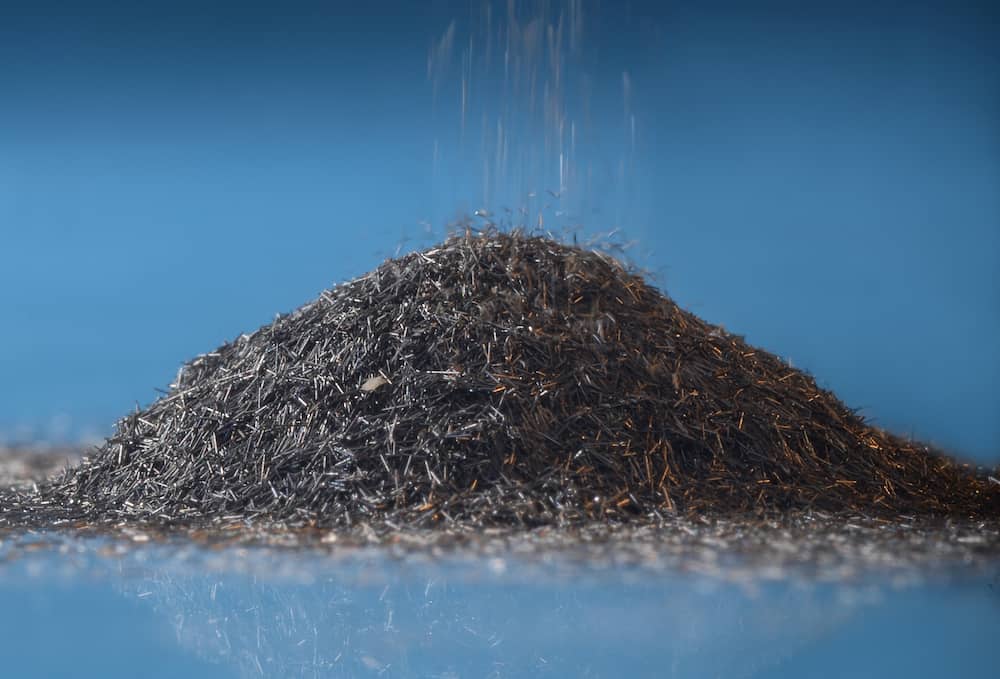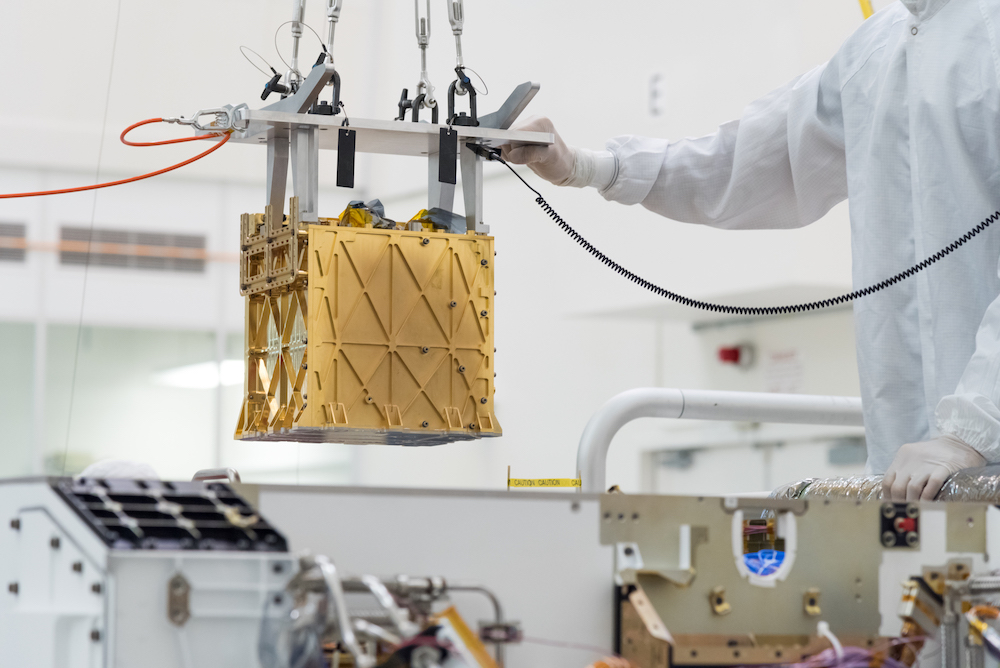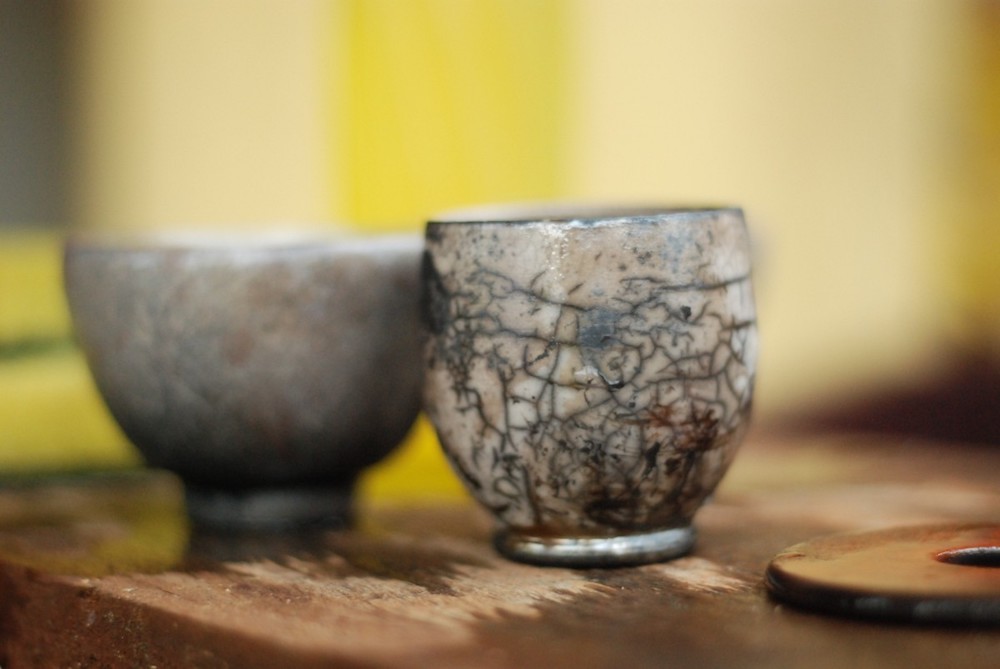Finding another way to propel a rocket into space that does not rely on fuel may allow for simpler and less expensive rockets. California-based SpinLaunch is developing a novel ground-based system to launch rockets into orbit using kinetic energy rather than fuel.
Read MoreIn a recent open-access ACerS journal article, ACerS Distinguished Life Member Alex Navrotsky and Arizona State graduate research assistant Megan Householder discuss how the study of planets shares many of the same analytical and computational frameworks as materials science.
Read MoreIn December 2021, the James Webb Space Telescope finally launched after decades of delays. Today’s CTT looks at JWST’s 30-year journey to launch and ways that NASA could restructure its approach to large-scale projects in the future.
Read MoreCeramic matrix composites have numerous applications in aerospace, including as radomes to protect sensitive radar devices in an aircraft’s nose. Researchers in China investigated a new way to prepare polymer-derived ceramic fibers for radome composites.
Read MoreSiC/SiC composites are one of the main ceramic matrix composites being investigated for aerospace applications. Researchers from Germany and China explored the potential of shaping such composites using the “gentle” machining process of plasma etching.
Read MoreThe September 2021 issue of the ACerS Bulletin—featuring processing of high-performance materials—is now available online. Plus—ACerS Awards and C&GM.
Read MoreTo achieve future manned missions to Mars, we must be able to extract oxygen from the Martian atmosphere. An experimental instrument aboard the Perseverance rover called MOXIE succeeded in extracting oxygen for the first time during a test on April 20.
Read More









